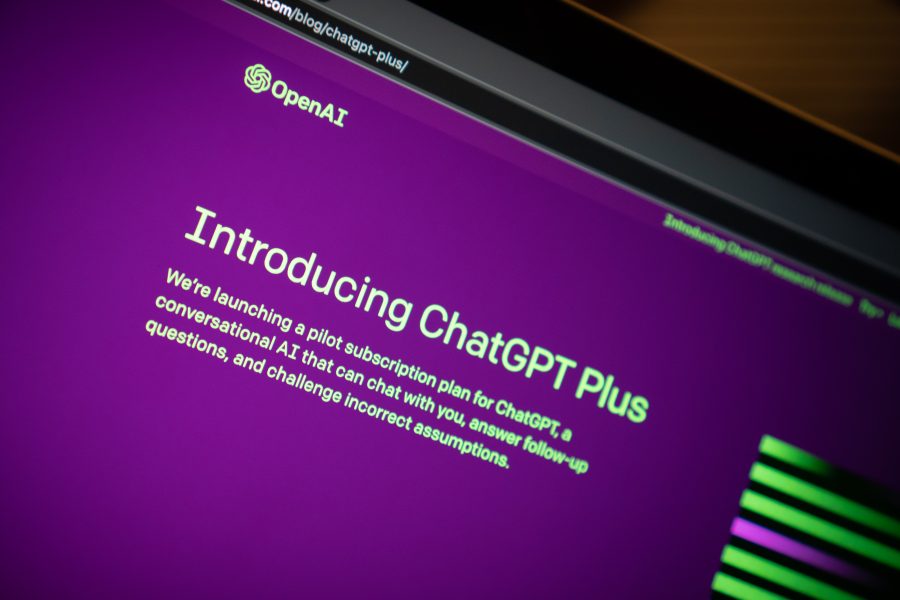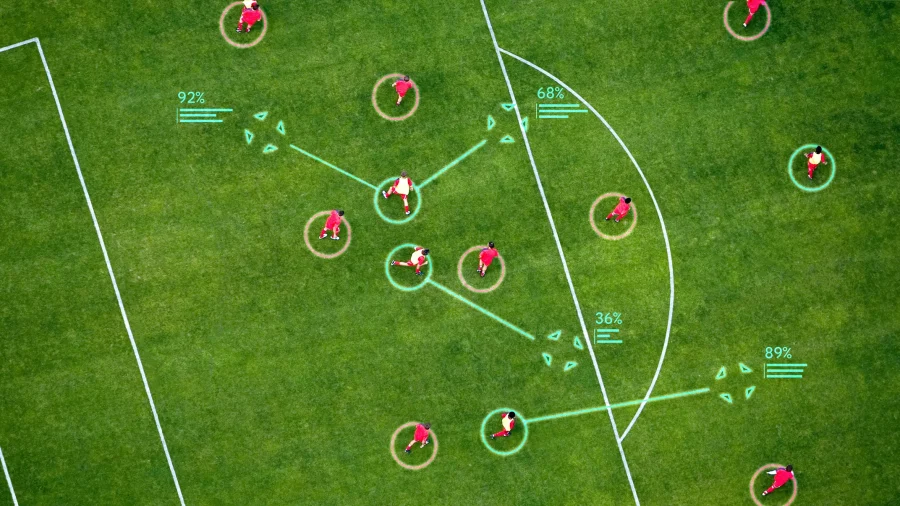The world’s most popular generative artificial intelligence (AI) is getting “lazy” as the winter draws in – that’s the claim from some astute ChatGPT users.
According to a recent ArsTechnica report in late November, users of ChatGPT, the AI chatbot powered by OpenAI’s natural language model GPT-4, began noticing something strange. In response to certain requests, GPT-4 was refusing to complete tasks or providing simplified “lazy” answers instead of the typically detailed responses.
OpenAI acknowledged the issue but claimed they did not intentionally update the model. Some now speculate this laziness may be an unintended consequence of GPT-4 mimicking seasonal human behavior changes.
Dubbed the “winter break hypothesis,” the theory suggests that because GPT-4 is fed the current date, it has learned from its vast training data that people tend to wrap up big projects and slow down in December. Researchers are urgently investigating whether this seemingly absurd idea holds weight. The fact it’s being taken seriously underscores the unpredictable and human-like nature of large language models (LLMs) like GPT-4.
On November 24th, a Reddit user reported asking GPT-4 to populate a large CSV file, but it only provided one entry as a template. On December 1st, OpenAI’s Will Depue confirmed awareness of “laziness issues” related to “over-refusals” and committed to fixing them.
Some argue GPT-4 was always sporadically “lazy,” and recent observations are merely confirmation bias. However, the timing of users noticing more refusals after the November 11th update to GPT-4 Turbo is interesting if coincidental and some assumed it was a new method for OpenAI to save on computing.
Entertaining the “Winter Break” theory
On December 9, developer Rob Lynch found GPT-4 generated 4,086 characters when given a December date prompt versus 4,298 for a May date. Although AI researcher Ian Arawjo couldn’t reproduce Lynch’s results to a statistically significant degree, the subjective nature of sampling bias with LLMs makes reproducibility notoriously difficult. As researchers rush to investigate, the theory continues intriguing the AI community.
Geoffrey Litt of Anthropic, Claude’s creator, called it “the funniest theory ever,” yet admitted it’s challenging to rule out given all the weird ways LLMs react to human-style prompting and encouragement, as shown by the increasingly weird prompts. For example, research shows GPT models produce improved math scores when told to “take a deep breath,” while the promise of a “tip” lengthens completions. The lack of transparency around potential changes to GPT-4 makes even unlikely theories worth exploring.
This episode demonstrates the unpredictability of large language models and the new methodologies required to understand their ever-emergent capabilities and limitations. It also shows the global collaboration underway to urgently assess AI advances that impact society. Finally, it’s a reminder that today’s LLMs still require extensive supervision and testing before being responsibly deployed in real-world applications.
The “winter break hypothesis” behind GPT-4’s apparent seasonal laziness may prove false or offer new insights that improve future iterations. Either way, this curious case exemplifies the strangely anthropomorphic nature of AI systems and the priority of understanding risks alongside pursuing rapid innovations.
Featured Image: Pexels










